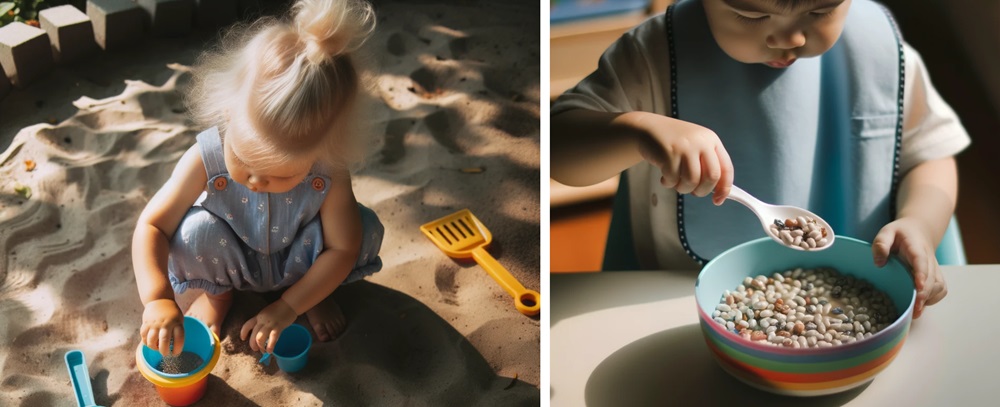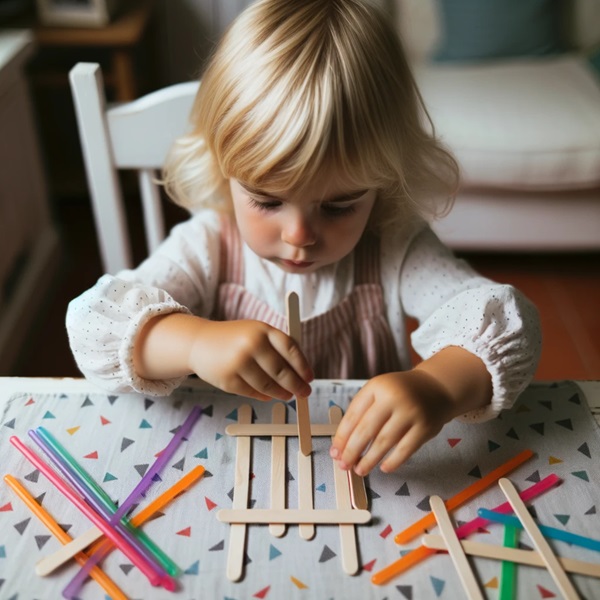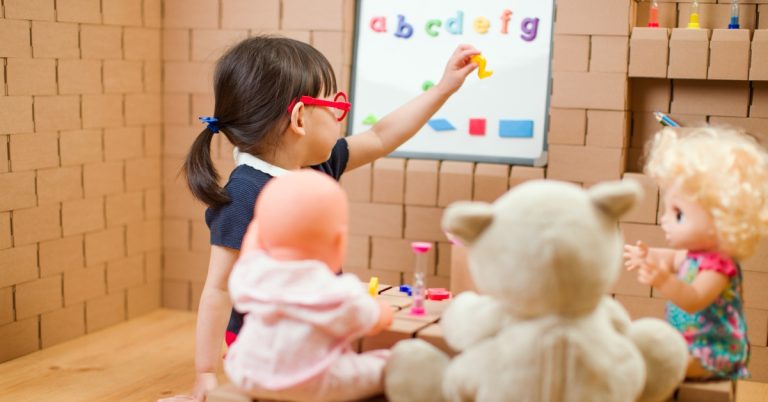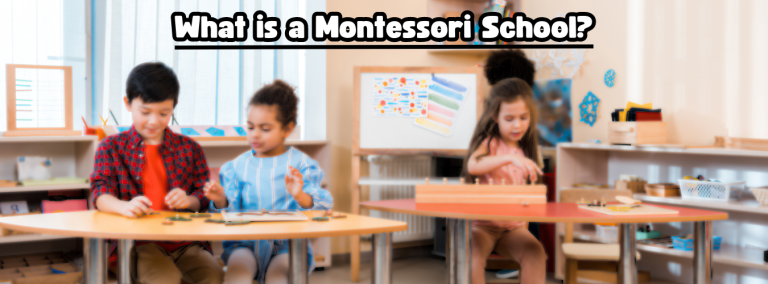20 Best Grasp Activities for Toddlers

Grasping is an important fine motor skill for toddlers. As toddlers improve their pincer grasp—the coordination of thumb and index finger—they gain the dexterity needed for future tasks like writing, buttoning, and using utensils. That’s why we put together the list of grasp activities for toddlers below.
Goal-oriented play can be a great way for toddlers to develop all of their key skills. Some studies have suggested that increased screen time can lead to negative effects on speech, language, and motor skills, which include grasping. Handheld devices have become more popular compared to traditional toys that build wrist, finger, and hand muscles essential for writing and other skills.
The good news is toddlers love activities that develop their fine motor skills.
20 Best Grasp Activities
1. Put Buttons on a Button Board
Pressing buttons into the holes of a button board builds coordination. Mosaic-style boards featuring different colors, shapes, and textures make it even more engaging. Allow your toddler to freely explore pressing the buttons in and out.

2. Thread Beads
Most toddlers can thread one or more beads onto a string between 20-23 months old. Beads with holes sized for little hands help. Vary the size and shape of beads to keep it interesting.

3. Build with Blocks
Balancing blocks takes concentration. Around 18 months, toddlers can stack 4 blocks. By age 2, they may build a 6-block tower. Encourage them to build vertically as well as horizontally.

4. Imitate Lines and Circles
Scribbling vertical and horizontal lines and making circle scribbles are pre-writing skills. Provide washable paint sticks and paper. Demonstrate scribbling different shapes and lines for them to copy.
5. Use Toddler Scissors
At 23-25 months, toddlers are ready for child safety scissors. Show them how to snip paper. Supervise closely and remind them to only cut paper, not hair, clothes, etc.
6. Play with Playdough
Poking, rolling, and squeezing playdough strengthens hands. Let them explore using cookie cutters, popsicle sticks, etc. Roll pieces into balls, snakes, or shapes for them to mimic.
7. Transfer with Tweezers
Moving small items like pom poms from one container to another with tweezers improves coordination. Have them sort by color as they transfer items.
8. Transfer with a Spoon
Scooping and pouring beans or rice from one bowl into another keeps them absorbed. Encourage using just one hand to grasp the spoon to improve the skill of grasping.

9. Stack Rings
Fitting ring stacks together in order of size develops hand-eye coordination. Count the rings as you help stack them to improve counting as well.
10. Turn Pages
Flipping thick board book pages builds fine motor skills. Books with textures or lift-a-flaps are also ideal because kids have to grasp the flaps to open them. Point out pictures and name objects on each page to help your toddler as they read.
11. Sort Objects
Sorting items like coins, buttons, or pegs by color or size improves dexterity. Let them sort objects into muffin tins, egg cartons, or bowls.
12. Open/Close Containers
Let them practice taking lids on and off plastic food containers and boxes. Encourage using a pincer grasp to remove lids.
13. Use Clothespins
Pin clothespins around the edges of a coffee filter, paper plate, or cardboard. Show them how to pinch clothespins open before clipping them on.
14. Pick Up Sticks
Grasping and lifting wooden sticks, straws, or popsicle sticks improves the pincer grip. Have them make designs by laying sticks next to each other. You can easily use household items and toddlers love playing with items from around the house, especially items that you use.

15. Drop and Fill
Put objects like pom poms into narrow containers then turn them over to dump them out. Count aloud each item as they drop them in to help with counting. You can use an old Pringles can or something else with a cylinder shape, such as a plastic cup. A narrow opening helps develop fine motor skills.
16. String Cheerios
Threading Cheerios onto pretzel sticks or pipe cleaners is tasty fun. Kids love playing with their food to begin with. You can also string pasta noodles such as Ziti as well. Allow them to enjoy the Cheerios as a snack during and after the project. You can teach your toddler how to put the cheerios on a string.
17. Transfer with Chopsticks
Use child-sized chopsticks to move cotton balls or other light items between bowls. Show them how to pinch chopsticks together to grasp items.
18. Tear Paper
Shredding scrap paper, newspaper, or magazines builds hand strength. Encourage using both hands to tear paper into smaller pieces.
19. Squirt With a Squeeze Bottle
Filling and squirting from a plastic condiment squeeze bottle develops muscles. Supervise outdoor play and have them aim at targets. You can purchase inexpensive squeeze bottles online and kids will love playing with them. For a DIY option, use a plastic water bottle and poke a hole in the cap. Toddlers will improve their grip by squirting the water.
20. Dig and Scoop
Provide cups, shovels, sifters, and bins for scooping and digging dirt or sand. Bury small toys and encourage them to dig up “treasures” from the ground. Digging and scooping require grasping skills and these activities will help with strength too.

Conclusion
As you can see, toddlers have many opportunities to improve grasping skills through fun, hands-on activities during play. Rotate lots of different toys and textures to keep the interest of your toddler. Demonstrate new skills and teach them how to play with certain toys, but let them work at their own pace. Mastering their fine motor grasp prepares them for future writing success.
Have you had any success with any of the grasping activities for toddlers listed above? Are there any grasping activities I missed? Leave more ideas in the comments.




